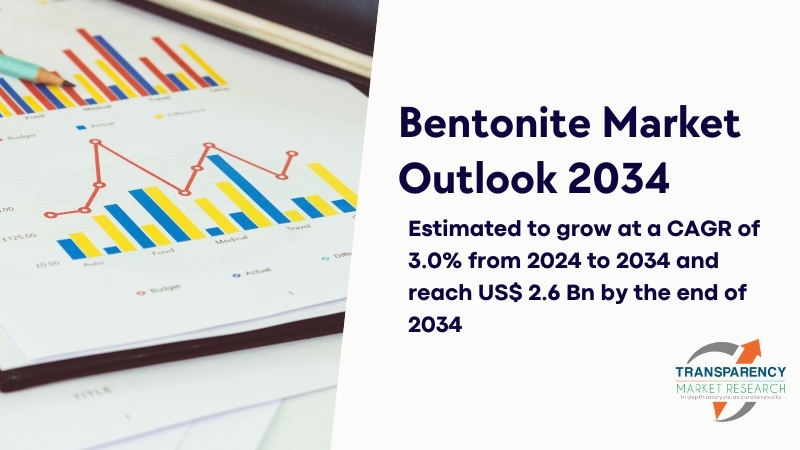
The rise of FinTechs over the past several years has demanded flexibility and agility in payments innovation . That innovation has resulted in customized payments experiences across a variety of use cases demanding a platform approach where client firms can connect to a range of services and capabilities, without having to build it all in-house. Edwin Poot , chief technology officer at payment processor Thredd , said consumers who are in turn served by those FinTechs want seamless experiences when it comes to payments.
They want to use their phones to conduct commerce in-store at various points of sale or online. Ideally, the commerce ecosystem or platform should intelligently decide which payment instruments to use, and for what purpose, no matter if it’s a credit, debit or buy now, pay later (BNPL) option. Such flexibility is being made easier with the cloud, Poot said during a conversation for the “ What’s Next in Payments: How Do You Do Digital? ” series.

All manner of companies are embedding financial offerings into their consumer-facing interactions. “The evolution of the cloud and cloud computing over the years has allowed technology overall to evolve faster,” which enables businesses, including Thredd’s partner firms, to move more quickly to embrace change — and scale , he said . As an issuer processing partner, helping companies (including FinTechs) launch virtual cards and other financial offerings, “we can go fast, test something .
.. and focus on our core functionalities,” he said.
Thredd’s customers use Thredd’s APIs to build their own products, modify them and adjust them according to the demands of their own customers, he said. Digital wallets are in demand, and within those wallets, clients wish to provision virtual cards — without worrying upfront about over- or under-provisioning those cards, thus wasting effort (and investments). Scaling With Ease in a Serverless Environment In a serverless environment, Poot said, “ we can simply scale up and down seamlessly and elastically without any downtime .
.. as soon as we’ve tested a new capability with a single customer, and it’s working well, we can roll out at a larger scale.
” The use of microservices can also allow for the implementation of feature sets on a limited basis, rather than embracing large releases every few months or years, he said. Tweaks and small adjustments are commonplace to ensure quality and anticipate the changing needs of customers . Each customer has different needs, so application flows and other attributes may have to be adjusted on a case-by-case basis, Poot said.
Thredd can configure various features for a customer without coding — or with low coding — to ensure the customer gets exactly what they need. The attributes extend to fraud and risk control. “Every time an instrument is used through our infrastructure for making a payment,” several aspects come into play , he said .
The platform takes into account the consumer’s device locations and the historical “behavior” of the cards, instrument or person using the card. “What we’re looking at right now is even fully self-service as well [as a model],” said Poot, who added that “the customer can even set up those things themselves, using our toolkit that we have available in our platform,” which also includes third-party integrations. “Every time we integrate a new third party or capability into our ecosystem, our customers can actually use them straight away,” Poot said.
.














